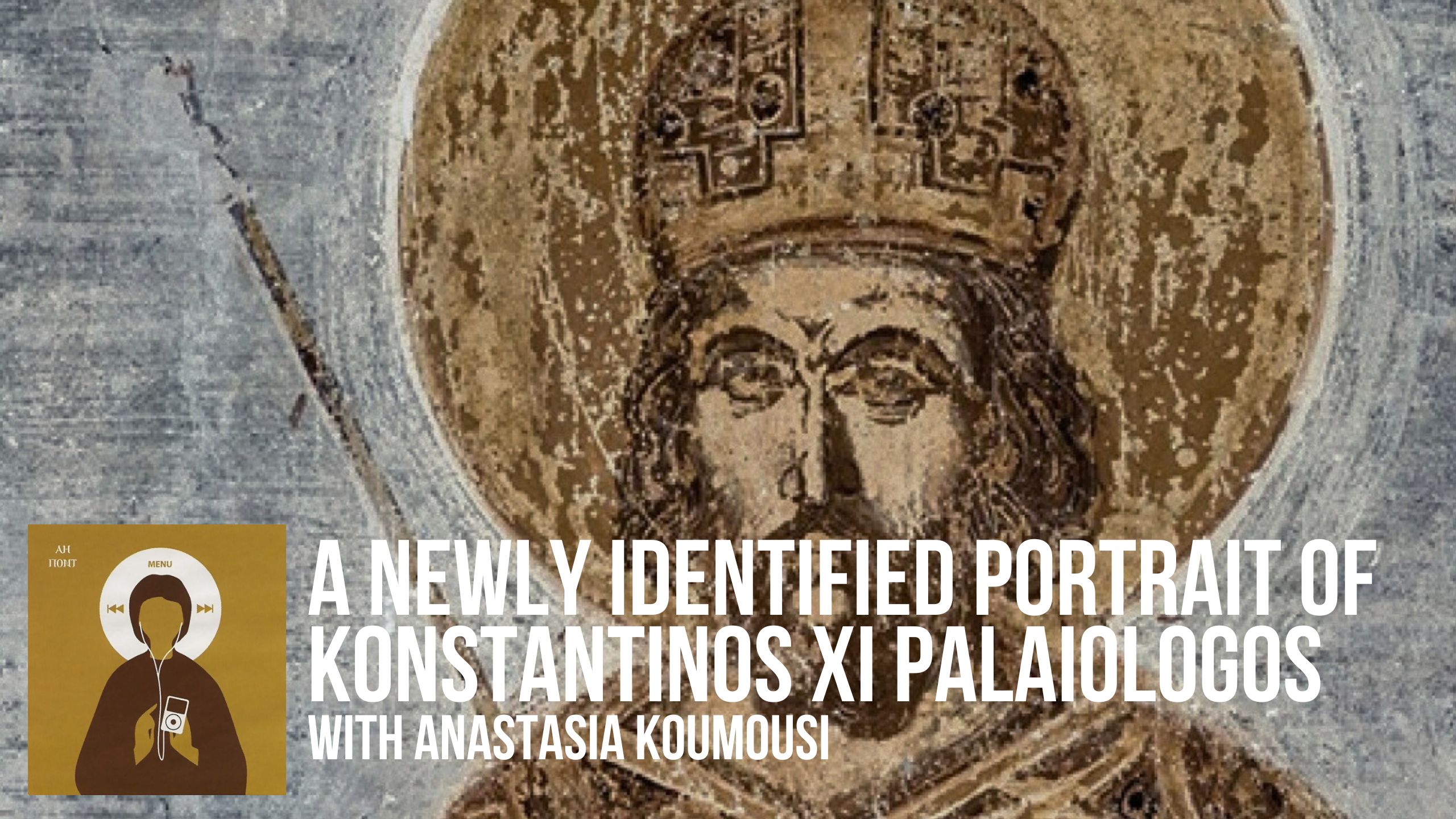
"The recently identified portrait of Konstantinos XI Palaiologos in a monastery church provides new insights into Byzantine art and its historical context, particularly during the mid-Byzantine period."
"Anastasia Koumousi emphasizes the significance of the monastery's foundation date, which aids in understanding the evolution of Byzantine culture following the empire's decline."
The portrait of Konstantinos XI Palaiologos was discovered in a monastery church in northern Peloponnese, offering a rare glimpse into the art and culture of the late Byzantine period. This finding is significant for understanding the historical context of Byzantine rule and the transition into the Ottoman era. The dating of the monastery's foundation also sheds light on the mid-Byzantine period's artistic developments. Anastasia Koumousi, as the Director of the Ephorate of Antiquities of Achaea, contributed to the research and analysis of this artwork's historical relevance.
Read at Medievalists.net
Unable to calculate read time
Collection
[
|
...
]